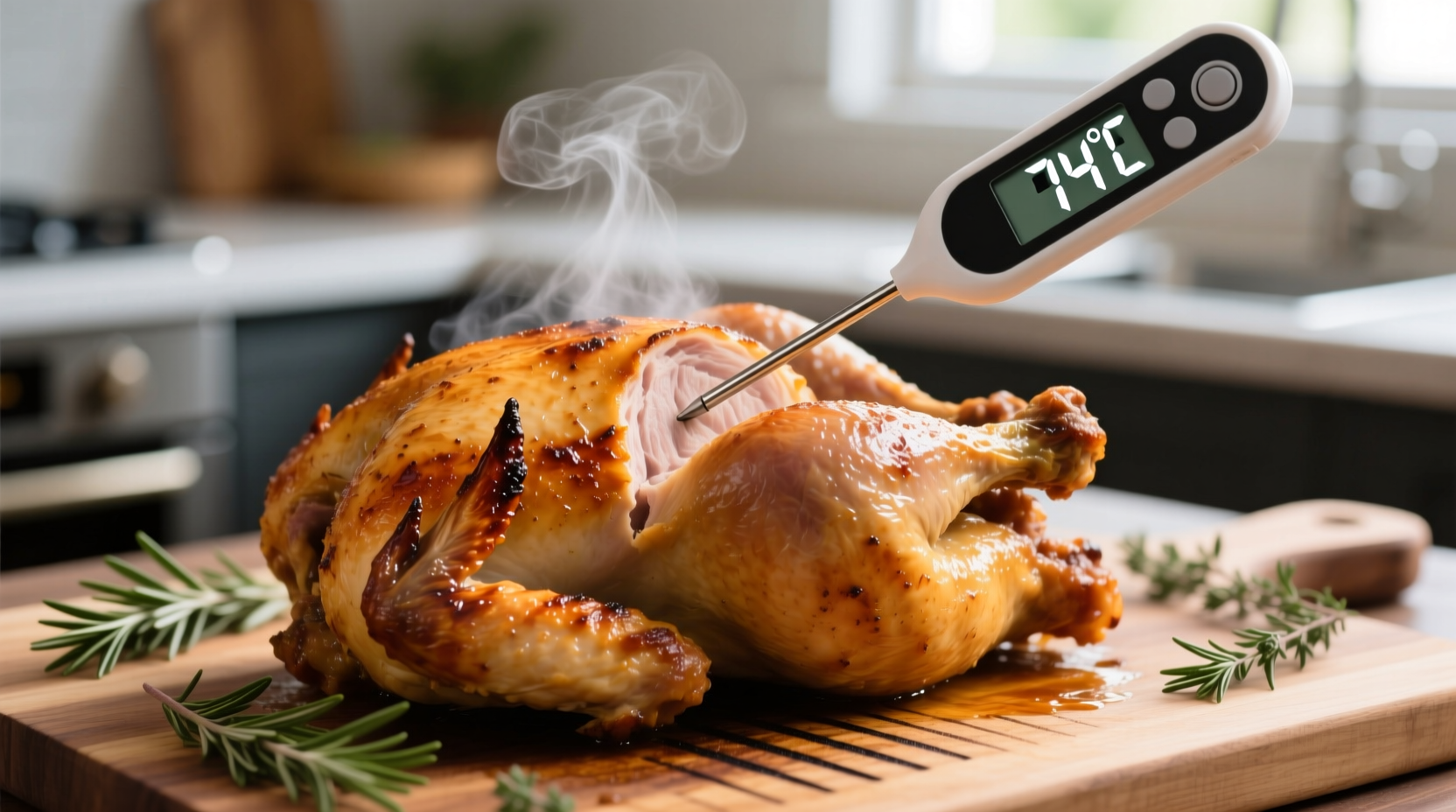The food temperature danger zone is the range between 40°F (4.4°C) and 140°F (60°C) where harmful bacteria multiply rapidly, potentially causing foodborne illness. Keeping perishable foods outside this range is critical for food safety according to USDA and FDA guidelines.
Understanding the food temperature danger zone isn't just kitchen theory—it's your first line of defense against foodborne illness. Every year, 1 in 6 Americans gets sick from contaminated food, with improper temperature control being a leading cause. This guide delivers science-backed food safety practices you can implement immediately, whether you're meal prepping at home or managing a commercial kitchen.
Why the 40°F to 140°F Range Puts Your Health at Risk
Bacteria like Salmonella, E. coli, and Listeria double in number every 20 minutes within the danger zone. At room temperature (70°F), a single bacterium can multiply to over 16 million in just 7 hours. The USDA Food Safety and Inspection Service confirms that food enters the danger zone the moment it drops below 140°F after cooking or rises above 40°F during storage.
| Temperature Range | Bacterial Growth Rate | Time to Double Population |
|---|---|---|
| 140°F+ (60°C+) | No growth | N/A |
| 125°F-140°F (52°C-60°C) | Slow growth | 10-20 hours |
| 70°F-125°F (21°C-52°C) | Rapid growth | 15-20 minutes |
| 40°F-70°F (4°C-21°C) | Slow growth | 5-10 hours |
| Below 40°F (4°C) | No growth | N/A |
The Critical 2-Hour Rule: Time Matters as Much as Temperature
According to the FDA Food Code, perishable foods shouldn't remain in the danger zone for more than 2 hours. When ambient temperatures exceed 90°F (32°C), this window shrinks to just 1 hour. This isn't arbitrary—the timeline reflects how quickly bacteria reach dangerous levels:
- 0-20 minutes: Bacteria begin adapting to environment
- 20-40 minutes: First cell division occurs
- 2 hours: Population reaches potentially hazardous levels (1 million+ bacteria)
- 4 hours: Toxin production begins in some bacteria strains

Practical Temperature Guidelines for Common Foods
Knowing the danger zone is step one—applying this knowledge prevents illness. Use these specific temperature targets from USDA FSIS guidelines:
- Refrigeration: Keep your refrigerator at or below 40°F (4.4°C)—use an appliance thermometer to verify
- Cooking: Minimum internal temperatures: poultry 165°F, ground meats 160°F, steaks 145°F with 3-minute rest
- Holding: Hot foods must stay at 140°F or above using warming trays or slow cookers
- Cooling: Divide large portions into shallow containers to cool from 140°F to 70°F within 2 hours, then to 40°F within 4 more hours
Avoiding Common Temperature Control Mistakes
Even experienced cooks make these dangerous errors:
- The "Feel Test"—relying on touch instead of a calibrated thermometer (studies show 1 in 4 home cooks don't use thermometers)
- Crowded refrigerators—blocking airflow creates warm spots where temperature exceeds 40°F
- Partial cooking—stopping before reaching safe internal temperatures (e.g., "I'll finish cooking it later")
- Room temperature thawing—leaving frozen food on the counter where outer layers enter danger zone while inside remains frozen
Special Considerations: When Rules Have Exceptions
Certain cooking methods operate within or near the danger zone but remain safe through controlled conditions:
- Sous vide cooking—precise temperature control below 130°F is safe only when duration is carefully calculated using FDA-approved time/temperature tables
- Dry curing meats—requires specific humidity, temperature, and time controls under professional supervision
- Fermentation processes—rely on beneficial bacteria to outcompete pathogens, but require strict monitoring
These techniques shouldn't be attempted without verified guidelines from authoritative sources like the National Center for Home Food Preservation.
Essential Tools for Danger Zone Prevention
Invest in these temperature management essentials:
- Digital instant-read thermometer: Calibrate monthly using ice water (32°F) or boiling water (212°F)
- Appliance thermometer: Monitor actual fridge/freezer temperatures (built-in displays are often inaccurate)
- Cooler with ice packs: Maintain cold chain during transport (critical for picnics and potlucks)
- Timer: Track time in danger zone during preparation and serving
Real-World Application: A Food Safety Checklist
Implement these practices immediately:
- Check refrigerator temperature daily with a reliable thermometer
- Use separate thermometers for cooking and storage monitoring
- When serving buffets, keep hot foods above 140°F and cold foods below 40°F
- Discard perishables left out longer than 2 hours (1 hour above 90°F)
- Never taste food to determine safety—pathogens don't alter taste or smell











 浙公网安备
33010002000092号
浙公网安备
33010002000092号 浙B2-20120091-4
浙B2-20120091-4